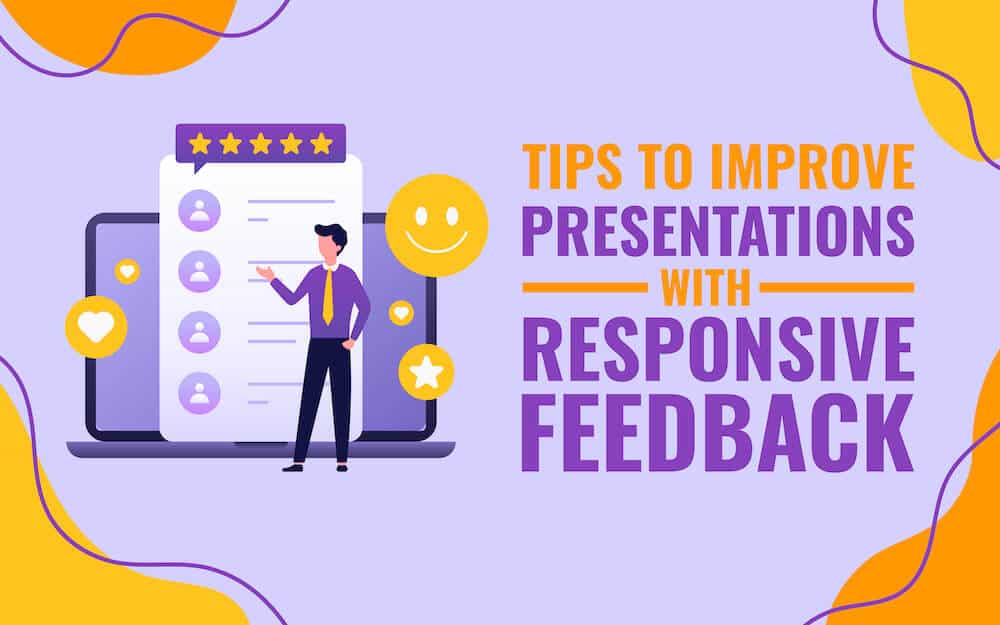
Is the fear of being judged if you show up with emotion spilling over into public speech? If so, you are not alone! Many speakers are afraid of adding emotions in their speech, assuming that their message will lose its objective if it packs an emotional wallop. So, they overload their presentations with the passion for transforming them from ordinary to unforgettable. Here, it is important to understand that emotion sells, and passion connects. So, if you mask your true emotions, there are high chances that you will sacrifice the authenticity of your speech and lose the audience.
Being emotional is not the same as being passionate. All passionate individuals have emotion, but all emotional individuals do not have passion. So, if you miss to include any of the components, you end up messing and sabotaging your presentation.
Wondering how is it possible to speak passionately without sounding overly emotional? Continue reading the blog and explore yourself!
1. Don’t Let Your Emotions Overwhelm Your Passion
If the subject you are talking about is very personal to you (it has impacted you anyway) or if you are very passionate about it, your emotions are obvious to rise to the surface. Instead of blowing away with emotions, keep them in check and maintain your poise. Use your emotions to empower your speech, not to ruin it.
Watch out how Sheryl Sandberg, the COO of Facebook, maintained her calm while talking about her husband’s death at Virginia Tech’s 2017.
2. Don’t Cloud the Content By Being Too Much Passionate or Emotional
While your passion brings your message to life, emotions fill it with vibrancy. When you talk passionately, your whole energy is on full display, and you tend to share every minute detail you know about the topic with the audience. And amidst this, your key message gets lost. But if you deliver the speech being driven by your emotions, your intense feelings will supersede the content, leaving the audience in a state of confusion.
In such a scenario, you must understand the objective of your content and, accordingly, find the right balance between feeling and purpose.
3. Add Power to Your Voice, But Don’t Overpower It
Your voice indicates whether you are talking passionately or emotionally. When you are brimmed with passion, your voice tends to be clear, commanding, and powerful. Here powerful doesn’t mean high-intensity volume. You can even depict your passion by keeping the intensity of your volume low and quiet. But, when you talk on an emotional note, your voice sounds sharp and vague.
The key to win the presentation is to keep transforming the way your voice sounds – excited and high-pitched tone when you want to emphasize a point, and then resort to a normal or relaxed tone.
4. Let Your Movements Give an Impression that You are Focused, Not Frazzled
When you deliver your speech as a passionate speaker, your body language and gestures automatically follow your words. Mindful movements add vigor to your message, making it more impactful. But when you are carried away by your emotions, your movements will appear winded and jerky. So, make your movements in such a manner that they appear in sync with your message in a meaningful way.
The Key Takeaway
Just like the right amount of salt and other spices are required to make the dish savory and appetizing, a perfect blend of heartfelt honesty (emotion) and extroverted energy (passion) is vital for standing in front of the mass audience and acing the speech. Too much passion or emotion in your speaking is like dumping in a whole tablespoon of salt in the dish – nobody would like to have it. By identifying the thin line between being too emotional and being passionate, you can strike the perfect balance of both the components in your speech and compel the audience to talking about it for a long time.
How would you describe yourself – as an emotional speaker or a passionate one? Do let us know in the “Comment” section. And if you find the blog post insightful, do share it on your social media channels.



